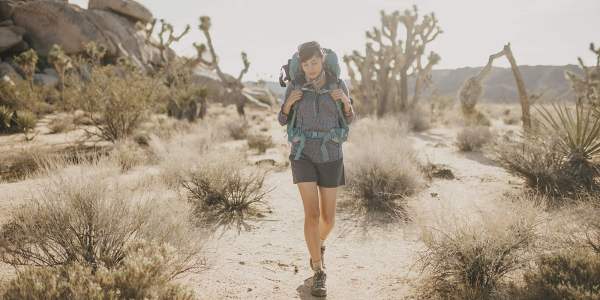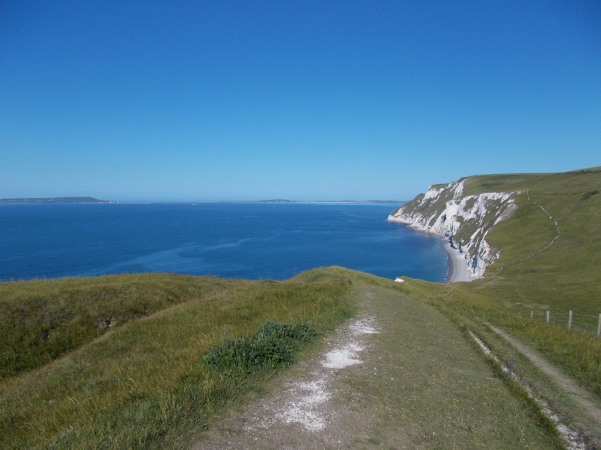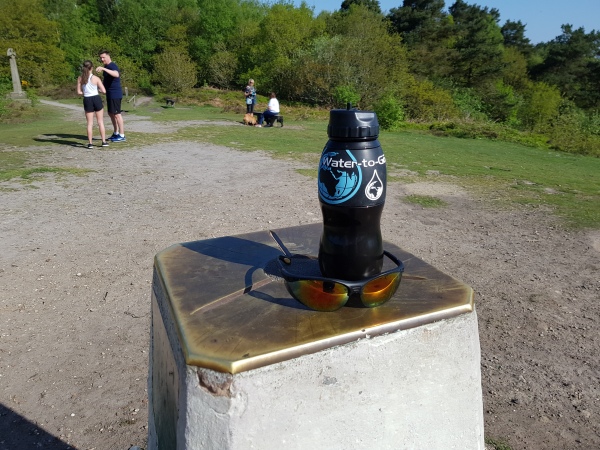As we approach the summer months in the UK it is time to consider the effects of heat. I know ” what heat” I can here you all saying! In the UK we tend to greet sunny days by striping down to the bare essentials and slowly cooking ourselves. This is fine if we are on the beach or in the back garden relaxing. But if we are out walking then it is important to be aware of the effects of heat.
All to often, as walkers, we are more aware of hypothermia (the effects of the cold) than we are of the heat. Maybe this is a result of the British climate. But recent summers have been getting hotter and hotter. As I write this (June 2018) we have just experienced the hottest May on records, and this is becoming a regular trend.

It is therefore important that we, as walkers, are fully aware of the impact of excessive heat. Heat related illnesses can be split into two distinct areas – Heat Exhaustion and Heat Stroke.
Heat exhaustion is not serious and usually gets better when you cool down. If it turns into heat stroke it needs to be treated as an emergency. (NHS)
Heat exhaustion
- headache
- dizziness and confusion
- loss of appetite and feeling sick
- excessive sweating and pale, clammy skin
- cramps in the arms, legs and stomach
- fast breathing or pulse
- temperature of 38C or above
- intense thirst
If you notice any of these signs in yourself or any member of a walking group you are with, they may have heat exhaustion and need to be cooled down as soon as possible.

- Move them to a cool place.
- Get them to lie down and raise their feet slightly.
- Get them to drink plenty of water. Sports or rehydration drinks are OK.
- Cool their skin – spray or sponge them with cool water and fan them. Cold packs around the armpits or neck are good too.
Stay with them until they are better. They should start to cool down and show signs of feeling better within 30 minutes.
- feels hot and dry
- is not sweating even though they are too hot
- has a temperature that’s risen to 40C or above
- has rapid or shortness of breath
- is confused
- has a fit (seizure)
- loses consciousness
- is unresponsive
These can be signs of heat stroke and you must call 999 immediately

Preventing heat exhaustion and heat stroke
There is a high risk of heat exhaustion or heat stroke when walking during hot weather. You may feel that it is not too hot and that you are fine. However, be warned – I am one of the worse culprits for saying I’ll just walk to the top, or the next gate before stopping to take a drink.
This attitude highlighted itself in June last year. I was on an early morning walk along the cliffs of the Jurassic Coast in Dorset. There was a cool breeze and a clear blue sky. I was walking west so the sun was rising behind me. This route goes up and down steep cliffs without respite and I never noticed the temperature rising.

I kept saying to myself I will stop at the next summit for a drink. But the hassle of having to take my rucksack off to get to my drink meant I kept going. Eventually I started to feel weak and dizzy and realised I had allowed myself to overheat. I stopped, rested and drank plenty of water and soon felt better. But even so I made the decision to call it a day and to return to the car.
To help prevent the onset of heat exhaustion or heat stroke when out walking:
- drink plenty of fluids
- wear light-coloured, loose clothing
- sprinkle water over skin or clothes
- avoid the sun between 11am and 3pm
- avoid excess alcohol the night before
- walk at a slower pace
- take frequent breaks
- cover the neck and head






Excellent advice, especially keeping covered with loose, light clothing, I find this keeps me a lot more comfortable than bare arms etc. As to water, for about 14 years I have used a water bag, ice and water at the start of a walk, with the tube always to hand. I never add squash etc and make sure it is well rinsed and thoroughly dried between times so do not needed to sterilise it.
LikeLike
Thanks for you thoughts and advice. Recently I have started taking a Water To Go bottle with me which means I can fill it up whenever I find water and the onboard filter cleans the water.
If you ever fancy writing a ‘Guest Blog’ for me at anytime please let me know at glyn(at)doddy.co.uk
LikeLike
Timely advice and really useful. I’m sharing on Twitter.
LikeLike